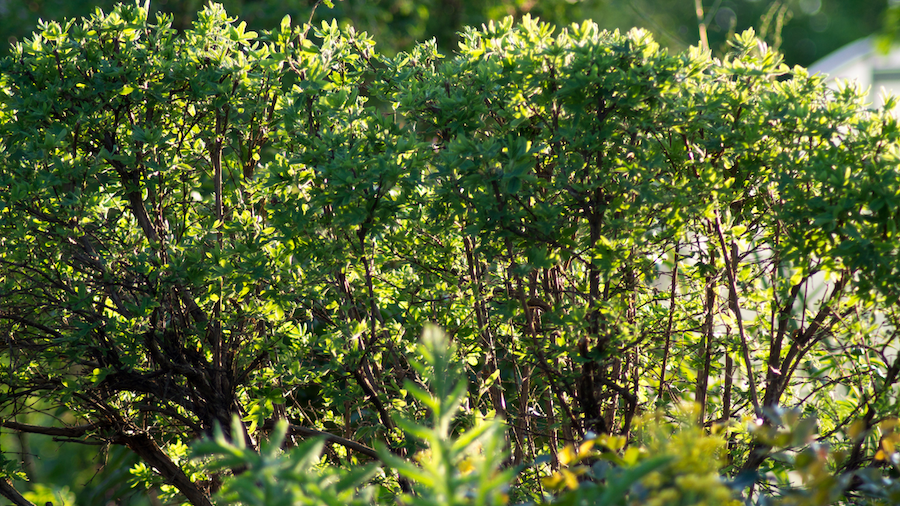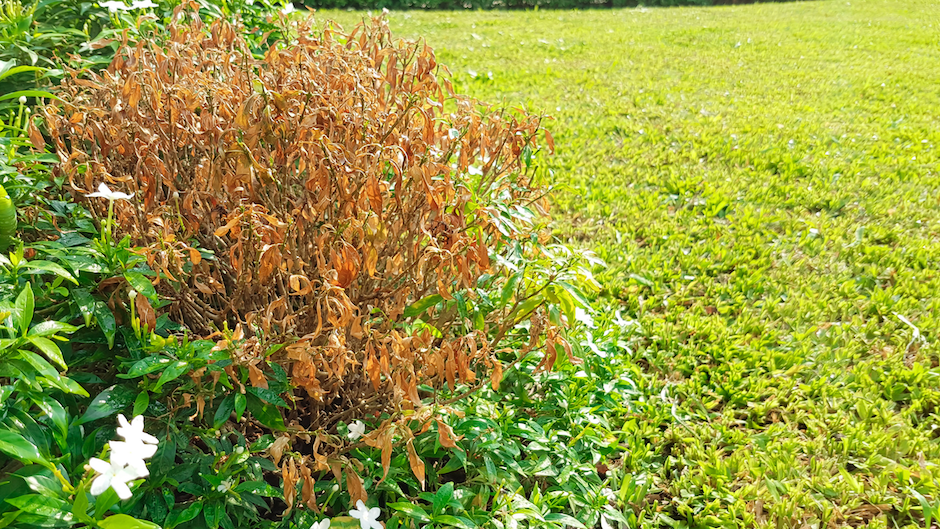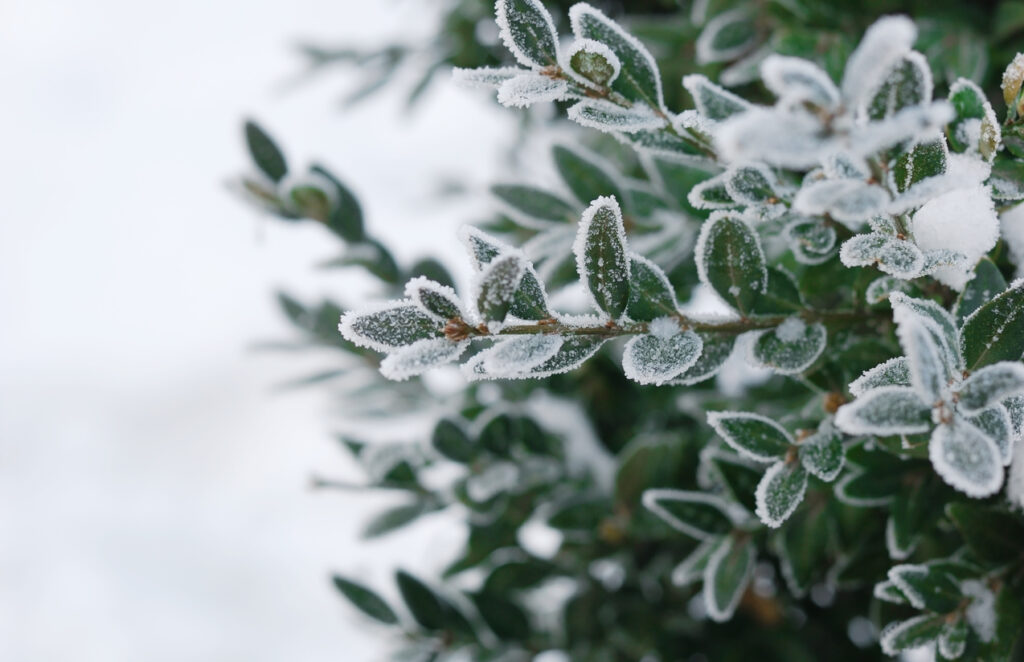28 Apr Signs You Need To Replace Your Shrubs
Your shrubs may give off that vibe that makes you stand out from the rest of the neighborhood. When is it a good time to replace them? We’ll unveil these in this quick guide.
It’s always important to keep your yard looking fresh year-round. Streamline Designs knows that you could be the envy of the neighborhood if you have fresh shrubs. So with that said, let’s go over the following signs that they need to be replaced as soon as possible.
If they have outgrown the area
Shrubs need to stay within a certain area when it comes to growth. Once it gets to a point where it goes beyond that, that’s when you may need to replace it. The good news is, you can prune the shrubs on a regular basis in order to control the growth.
You may notice branches growing to the point where it may block a doorway or window. Some of them may be wider and taller than usual. If they end up getting too big and can’t be trimmed down, that’s when replacing them will be the better option.
Underperforming shrubs?
If your shrubs don’t seem to be doing their usual job, then it may be time to replace them. What are the signs to look for in terms of those underperforming? These include but are not limited to leaves dropping prematurely, discoloration, failing to bloom or grow to full size, twig death, or dead spots found on leaves.
If you notice these, replace them as soon as possible. The common causes for this may include pests, environmental factors, and diseases. Some of these issues such as pests and diseases can be treatable.
However, by the time you notice any of it, it may be too late. Taking preventative measures is possible, but not always a guarantee.
Improper planting
Replacing your shrubs can be a possibility if they happen to be improperly planted. Homeowners make this mistake all the time. They plant it not knowing what the microclimate of the bed is.
This also includes how much sun, moisture, and wind that it gets. Keep in mind that some plants will need more sun than others. Likewise, other plants will need more shade and keep cool most of the time.
You’ll want to know the right plant and the right place and where to put it. That’s the rule of thumb to use going forward.
Final Thoughts
Like everything else, nothing lasts forever. The same goes for shrubs. It would be ideal to consider replacing them if you notice any of the three signs above.
The good news is, StreamLine Designs is your go-to place where you can get professional landscapers in the Dallas-Fort Worth area to get the job done. If you are looking to make your yard look like the crown jewel of the neighborhood, you speak with us today.
Call us at 817-873-1999 and we’ll be happy to get you started with making your yard look great with beautiful, healthy-looking shrubs.


